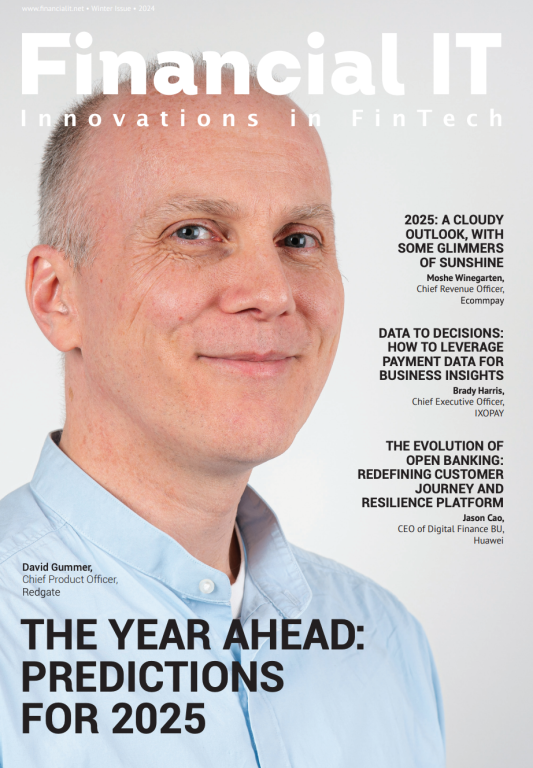Why Bank Branches and Human Contact Are Not Going Away Any Time Soon

- Peter Kirk, Managing Director, Distribution & Marketing at Accenture
- 31.05.2017 01:15 pm undisclosed , Peter Kirk leads Accenture’s UK and Ireland Financial Services Distribution and Marketing business. At executive board level, and with over 25 years’ experience working at Accenture, he specialises in the strategy and delivery of multi-year transformation programs across digital, distribution and customer relationship management. Peter is a passionate customer advocate who teams with marketing directors, digital leaders and distribution directors advising on digital and online proposition development, integrated customer experience and analytics, digital branches and contact centre evolution. Peter has led large-scale “front office” and digital transformation programs with FS clients across the UK, Europe, South Africa and the Middle East, and in addition to these projects, continues to provide QA and SME support to Accenture teams around the globe.
For years, we’ve heard people proclaiming the demise of the bricks-and-mortar bank branch, supposedly swept away by customers’ mass-migration to online and—increasingly—mobile alternatives. But as our latest UK banking consumer survey—Beyond Banking—confirms, there’s still plenty of life in the bank branch. Put simply, customers still want to be able to visit branches and experience the face-to-face contact they enable.
In fact, a major theme of our findings is how highly customers still value human interaction, and how much they want to have a conversation with a real live person about their major financial decisions. What’s more, this desire isn’t limited to older people. Quite the reverse: As our research demonstrates, the younger you are, the more likely you are to be a regular user of a branch.
Given that this trend is coinciding in with an ongoing shift by younger consumers towards more innovative channels—the likes of wearables, social media and instant messaging—it’s possible that the continued strong usage of branches is a transitory effect. But our study gives no indication of that. And the findings will certainly give banks pause for thought as they plan out future strategies for their physical branch networks.
So, what does the research tell us? As Figure 1 shows, while use of mobile banking services is surging, branch usage by all customers remains remarkably consistent year on year—and indeed in 2016 edged up to its highest level since this research began in 2010.
A breakdown of the 2016 findings by age (see Figure 2) reveals what many might regard as a surprising outcome—with millennials being by far the heaviest users of branches, tapering down to OAPs as the lightest. While this age profile is probably affected by factors such as millennials’ higher numbers of financial transactions and the fact that it’s easier for them to physically get to branches, the correlation between youth and higher branch usage is clear and undeniable.
And what are customers using branches for? The answer—as Figure 3 shows—is activities like seeking advice, accessing services and fixing issues. Indeed, branches far outstrip all other channels for advice and service access.
What’s more, the use of branches for research and advice is becoming more frequent, with a significant step-up since last year in monthly interactions for these activities (Figure 4). And a comparison with historic data from previous years shows that self-service initiatives in branches are gaining traction, underlining their evolving role as service hubs.
All of this leads us to the million-dollar question: What kind of banking model do customers actually want? The answer, as Figure 5 shows, is a blend of physical and digital channels—a proposition they find much more attractive than a pure digital bank with no branches.
The message is clear: Banks should create strategies that accept and optimise branches’ ongoing future role, while also looking to harness ongoing digital innovation to deliver better service experiences at lower cost. But the shift towards computer-generated services for customers cannot be at the expense of access to human services at their local branch.
In my next blog on our UK banking consumer survey, I’m going to look at the findings on a key focus area for digital innovation in banking: so-called ‘robo-advice’. Stay tuned.
This article originally appeared at: accenture





















